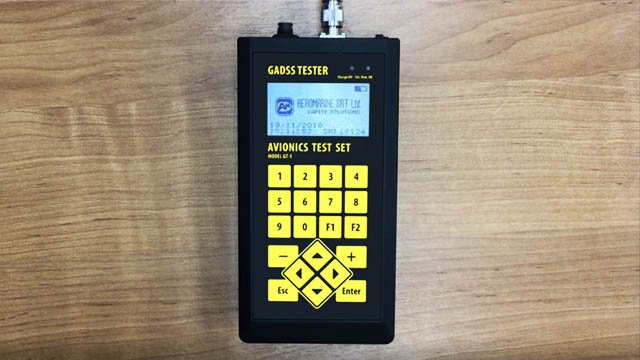Galileo Innovates Search and Rescue
In 2020 the Galileo Navigation Satellite System will present Return Link Service.
With it, anyone who got into emergency situation and uses a Cospas-Sarsat receiver will be assured that his SOS signal is received and help is surely coming.

Photo from open recourse
The development of international search and rescue service started with the launching of the Cospas-Sarsat global distress satellite network in 1981, continued in the 2000s when in the 406MHz search and rescue beacons the GPS receivers were installed and the location identification with the accuracy within 100 meters became possible.
Thus such devices as AIS SARTs, GPS EPIRBs and PLBs, AIS MOBs appeared. The progress moves on and now we are approaching to the new stage of search and rescue service development.
The RLS as a part of Search and Rescue Service
The Galileo Navigation System was put into operation in 2016 and currently constitutes 26 satellites of 30 planned ones. Being a part of one of Cospas-Sarsat programs MEOSAR, this satellite system allows a Galileo-enabled receiver to use signals from the satellites for position finding.
The next step of Galileo is launching the Return Link Service or RLS as a part of search and rescue to assure safer in emergency situation. 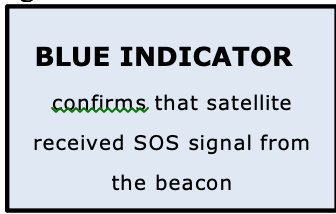 In fact RLS is a confirmation signal a person sees on his emergency equipment which may give him the hope for survival in extreme situation. The sense of RLS lays in appearance of blue indicator that lights up on an emergency beacon with Galileo Return Link Service connection. But the aim of this system is not fasten the saving operation but to make the process of taking decision easier for those who got into emergency anywhere.
In fact RLS is a confirmation signal a person sees on his emergency equipment which may give him the hope for survival in extreme situation. The sense of RLS lays in appearance of blue indicator that lights up on an emergency beacon with Galileo Return Link Service connection. But the aim of this system is not fasten the saving operation but to make the process of taking decision easier for those who got into emergency anywhere.
The acknowledgement that the people outside know that you are in need may have positive effect on distressed person. Because too often the survival depends on making the right decision and objective evaluating of risks. The blue light confirms that the rescue is coming soon and you will be saved.
The RLS Operation
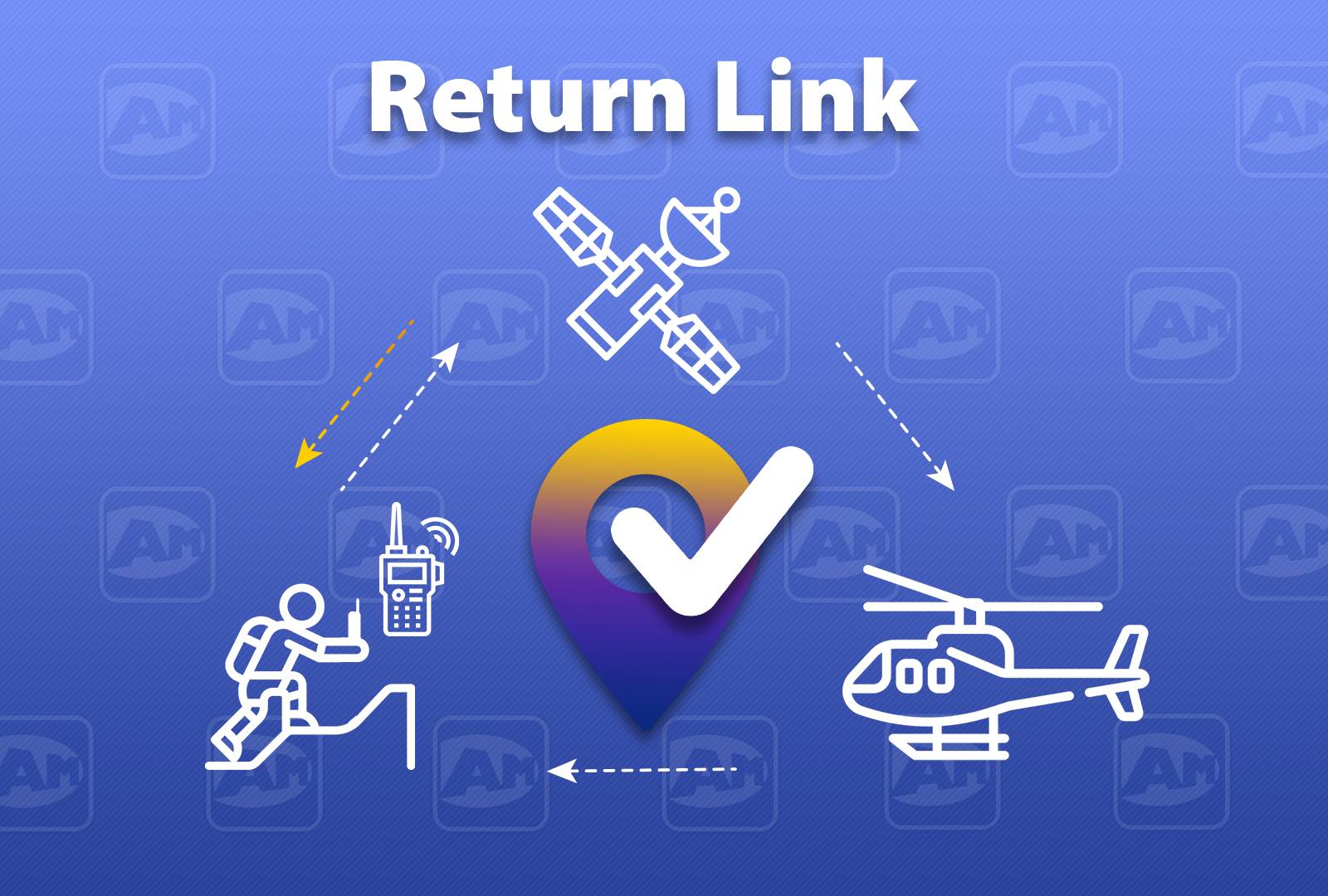
In RLS the 406MHz alert signal will become dual to provide the feedback.
The signal will be forwarded back via the Cospas-Sarsat network to assure to the beacon user that the SOS signal from a beacon is received, the location is identified and the rescue is on its way.
Of course as any innovation the RLS usage requires certain preparations. 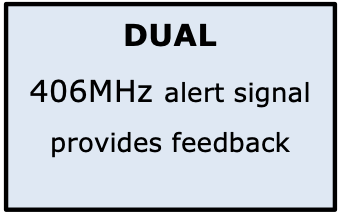 Thus the ones who are engaged in providing safety at sea should inspect the necessary emergency equipment to evaluate the advantages that RLS may have, also learn the necessary approvals in each country where it will work.
Thus the ones who are engaged in providing safety at sea should inspect the necessary emergency equipment to evaluate the advantages that RLS may have, also learn the necessary approvals in each country where it will work.
Safety organizations need to know how to react to the ‘blue light’, does the ‘blue light’ have an equal effect on groups of distressed people as well as on individual persons.
Users’ training is necessary in connection with the return link service launching and also for broaden the possibilities of present safe equipment to keep with the new technologies of fast location identification and signal confirmation that will be added in latest search and rescue Galileo beacons.
406MHz ELT Tester
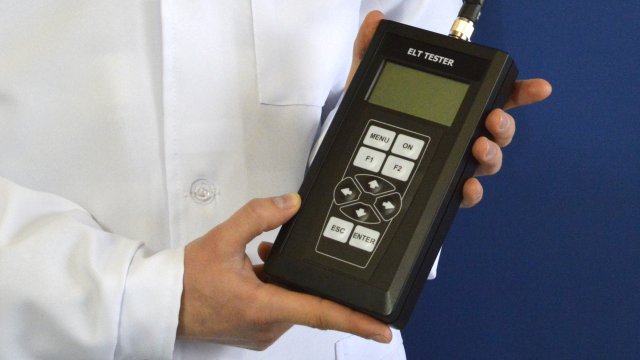
406 MHz / 243 MHz / 121.5 MHz ELT TESTER (ELTT-124 Test set) is designed to check the avionics emergency locator transmitters (ELT) operating via COSPAS-SARSAT system. Complies with USA (FAA Part 91.207), Canada (CAR 571 Appendix G), Europe (CAA/EuroCAE) requirements.
ELT Tester Mini Wi-Fi
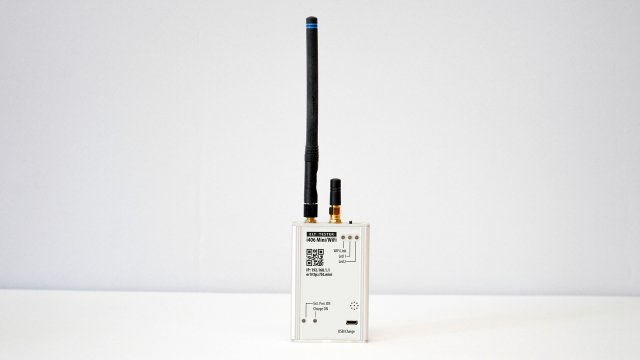
ELT Tester Mini Wi-Fi is third generation device designed to check the avionics emergency locator transmitters (ELT) operating via COSPAS-SARSAT system. Tester is operating with any mobile phone or desktop PC by means of Wi-Fi connection.
Limit your 406 MHz Testing time
FAA regulations, Title 14 Code of Federal Regulations Section 91.207(d)(4), requires that an aircraft emergency locator transmitter (ELT) be tested annually for “the presence of a sufficient signal radiated from its antenna.” The Aeronautical Information Manual (AIM) in Chapter 6, Section 6-2-5, discusses ELTs, their use, and how to test them. To paraphrase a statement from a movie about a failed trip to the Moon, “Folks, we have a problem.” The FAA requires an ELT radiated test, but if the test is not done properly, the Federal Communication Commission (FCC) might take enforcement action against the person doing a 406 MHz ELT test.
Here is the problem. When the FAA test requirements were written, the basic ELT was an analog 121.5 MHz unit transmitting in the aeronautical frequency band. If the ELT being tested could not be isolated within an approved radio frequency shielded room or container, which keeps the signal from going beyond the room or container, a radiated test could be done within the first five minutes after the hour. The test requirements listed the number of recommended sweeps of the signal to minimize the risk of anyone thinking the test signal was an actual distress alert. The person doing the test would quickly activate the ELT, listen for its distinctive sound on a nearby aeronautical band aircraft radio or handheld transceiver and then turn off the ELT.
Distress Beacon Testing
Cospas-Sarsat 406 MHz distress beacons should only be activated when a ship, aircraft or person is in distress that is in grave and imminent danger and requiring immediate assistance. In between the manufacturers’ recommended maintenance and battery replacement cycles, the beacon can be tested by the owner using the self-test capability to ensure the continued functionality of the beacon.
There is normally no need for the beacon to be tested in an operational mode by a beacon owner.
The information provided in the following sections provides guidance on beacon testing and the procedures required in the unlikely and unusual event that an operational test of a beacon is required. The Maritime Safety Authority (MSA) does not grant approval for beacon operational tests unless the procedures outlined below have been adhered to.
